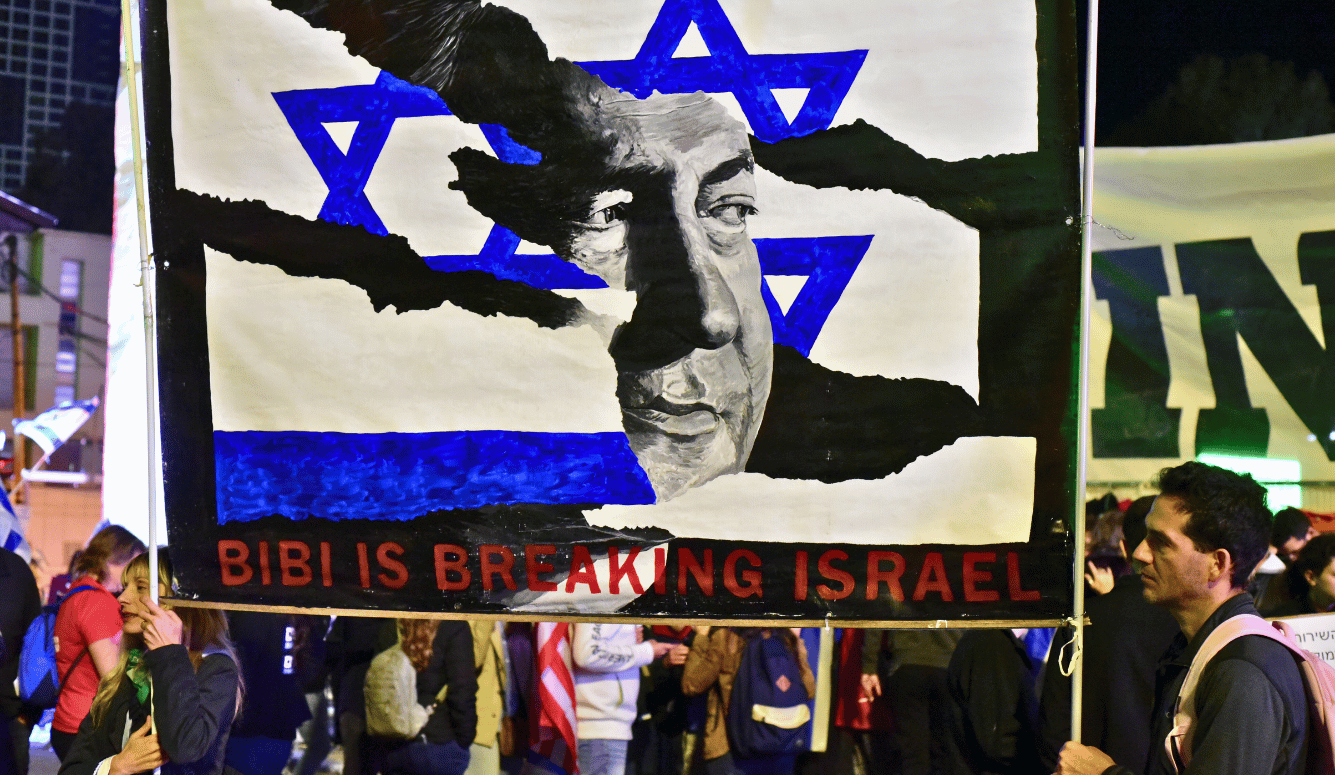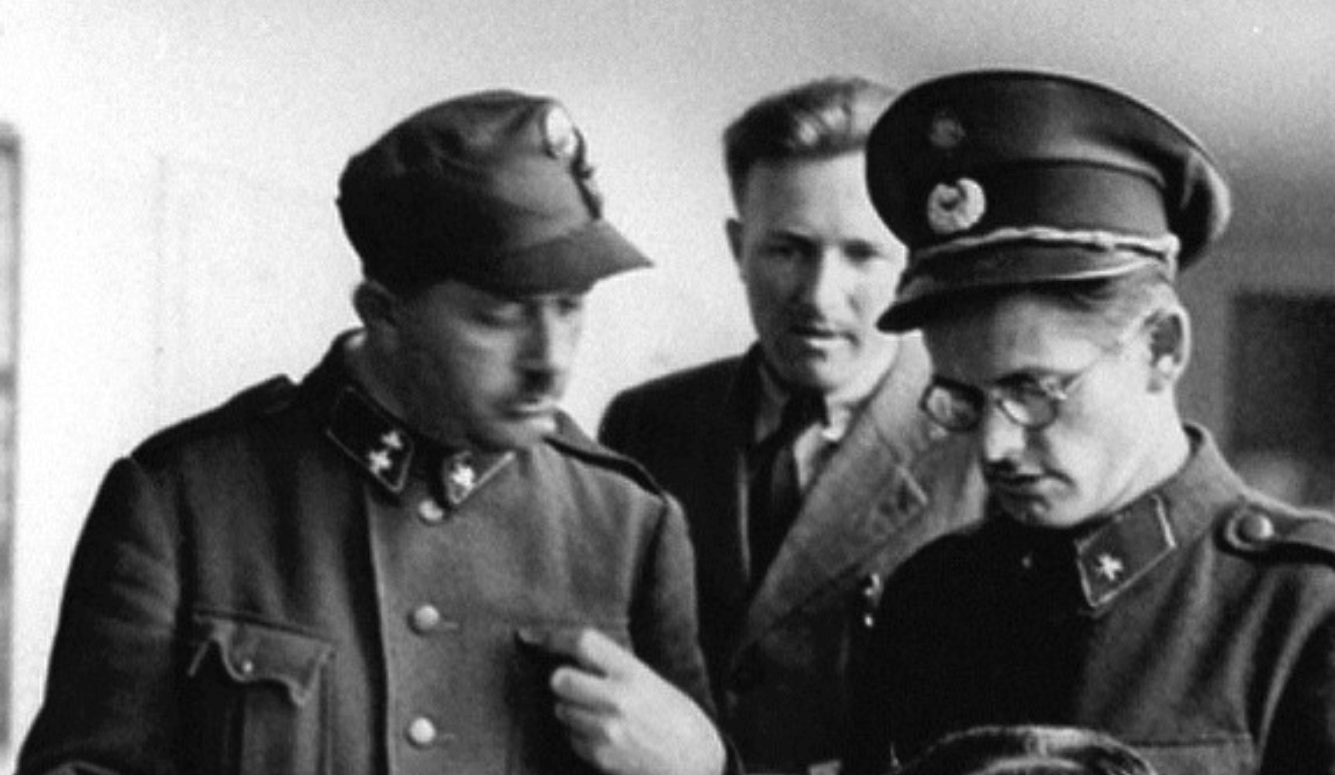Israel
Domestic Troubles in the Jewish State
While hostilities between Hamas and Israel continue, Benjamin Netanyahu’s government faces renewed protests at home.

Last Saturday, 29 March, as my family and I were sitting on a grassy patch in the foothills of Judea, celebrating a birthday, we could hear the occasional loud booms of Israeli bombs hitting the Gaza Strip, some thirty kilometres to the southwest. Israel’s latest bombing campaign, which began on 18 March with a widespread 400-target strike against Hamas that apparently killed dozens of civilians as well as key figures in the terrorist organisation, constituted a violation of the Israeli–Hamas ceasefire deal reached on 17 January, which temporarily halted the war that Hamas launched on 7 October 2023, which had been raging for fifteen months at that point.
The ceasefire deal was designed to ensure the release of the hostages Hamas abducted from Israel on 7 October in exchange for the release of thousands of captured Palestinian fighters from Israeli prisons together with an end to the war and to the IDF’s partial occupation of the Gaza Strip. But after a series of limited hostage/prisoner exchanges over the previous few months, the Israeli cabinet, with American support, decided to renege on the agreement and now refuses to end the war until Hamas’s leaders have gone into exile, and the organisation has been dismantled and disarmed and has ceded control of Gaza’s population centres—either to Israel or to an as yet unnamed international peacekeeping force. Netanyahu hopes that Gaza’s Arabs will then “voluntarily” quit the Strip, in line with President Donald Trump’s publicly announced “transfer” proposal for resolving the conflict. Hamas’s attempts to drag its feet on a hostage/prisoner exchange deal in order to prolong the ceasefire proved unsuccessful.
Following the surprise 7 October Hamas assault, in which 1,200 Israelis were murdered, most of them civilians, and 251 further Israelis, most of whom were likewise civilians, were abducted to Gaza, the Israeli cabinet announced that its primary goal was to utterly destroy Hamas. Days later, almost as an afterthought, the cabinet added that the release of the abducted hostages was an additional war aim. Since then, massive, continual street demonstrations by the friends and families of the hostages and their supporters, and pressure from President Trump, have forced the release of the hostages to the top of the government’s declared agenda. Prime Minister Benjamin Netanyahu, however, clearly continues to view the destruction of Hamas as the over-riding war aim. This is partly because of a sense of personal betrayal—in the months leading up to 7 October, he was duped by Hamas tactics and rhetoric into believing that the Palestinian Islamist organisation had been “neutralised” and no longer aimed at achieving Israel’s destruction, at least in the short term. In addition, for Netanyahu, this is also a matter of securing his place in history: he refuses to be remembered as someone who lost to a bunch of terrorist thugs.





